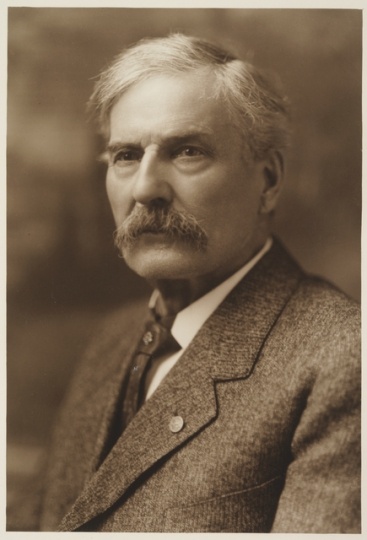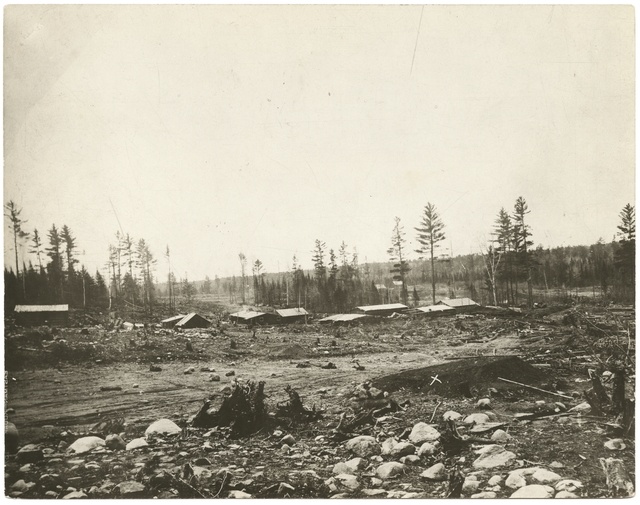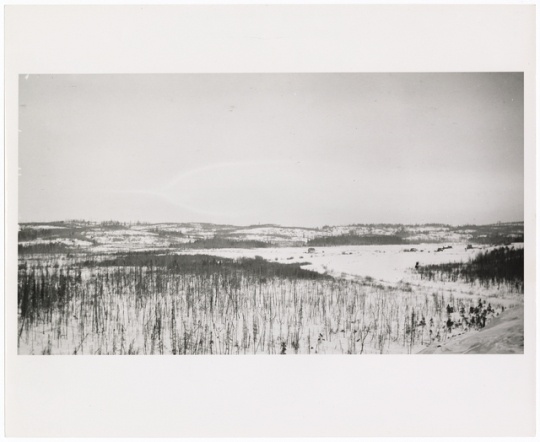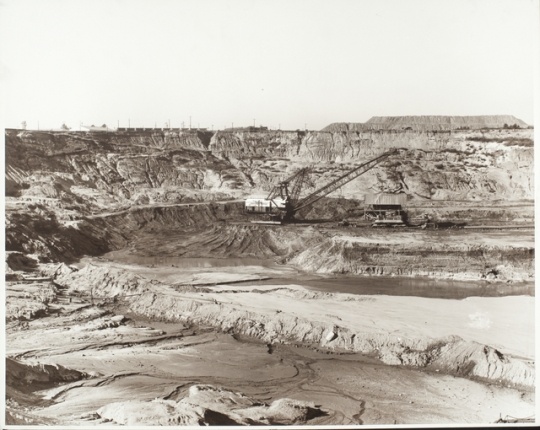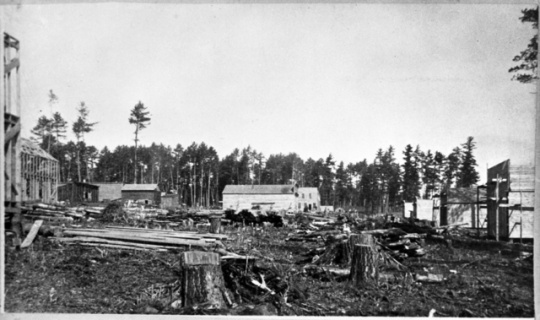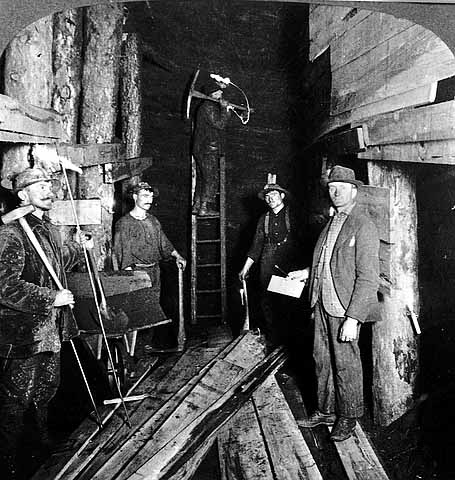In the 1880s, several members of the Lewis H. Merritt family found hematite on the Mesabi Range. This led to industrial development in northeastern Minnesota and the growth of the Lake Superior iron industry.
French and British fur traders spread rumors of rich mineral deposits in Northern Minnesota. Early prospectors surveyed the region and encountered iron ore in 1850. Iron ore was first extracted from the Vermilion Iron Range near Lake Vermilion in the 1880s. Financier Charlemagne Tower offered money to Duluth businessman George C. Stone to mine the region, and shaft mines were dug to vast depths to extract high-quality iron ore. This initial work inspired other prospectors to explore the region.
Lewis H. Merritt, a Duluth timber surveyor, speculated that there were large amounts of iron in the area. He died before his suspicion was confirmed. By 1890, however, several members of the Merritt family, including Lewis' sons, found marketable iron on the range in the form of red dust. Because of this endeavor, they became known as the "Seven Iron Men." The iron-rich dust they found is one of the many forms of hematite.
Dust hematite was a less desirable ore due to the costly refining process it required. Nevertheless, it could be extracted cheaply and efficiently with steam shovels. It also contained high concentrations of iron. Later improvements in furnace technology sharply increased demand for this type of hematite.
Leonidas ("Lon") Merritt leased nearly twenty-three thousand acres of land from the state of Minnesota. In early 1892, he also entered into an agreement with the existing Duluth and Winnipeg railroad, to try to get a way for their ore to be easily transported from the Mesabi Range to shipping docks at Lake Superior. They wanted to compete with Two Harbors and the Vermilion Range. When that railroad struggled financially later in the year, the Merritts decided to expand the railroad they were building, the Duluth, Missabe, and Northern Railroad, and have it connect directly to Duluth. Their first contact with John D. Rockefeller came as they searched for eastern investors to help fund their project.
The financial panic of 1893 hit the Merritts hard. They had already merged some of their financial interests with Rockefeller and were unable to pay back money they owed him. To satisfy their debts, they sold all their assets on the iron range to him, including their railroad and ore docks.
Rockefeller ultimately made $330 million. The Merritts lost everything. The family later charged Rockefeller with fraud, but when their victory in a lower court was overturned on appeal, they could not afford to continue the suit and had to accept a settlement out of court. Despite this defeat, their earlier success and pioneering spirit made them heroic figures in the minds of many Minnesotans.
By the end of the nineteenth century, Minnesota was one of the nation's leading iron producers. Henry Oliver and the United States Steel Corporation controlled most of the state's mining interests. Most of the Mesabi Range consisted of taconite, which had to be refined. Like the dusty hematite, its refining process was difficult and costly.
When higher-quality ores such as hematite became scarce, mining companies looked to taconite to sustain future output. In the late 1930s, University of Minnesota professor Edward W. Davis created a magnetic method for extracting iron from taconite. Once taconite was processed and reduced to small pellets, it had a higher iron concentration than hematite.
The demand for iron during World War II sharply increased Minnesota's iron ore production. Mesabi iron ore output peaked in 1953. Although Minnesota's iron mining industry endured major changes, especially in the 1980s, the Mesabi Range continues to be a leading producer of iron ore in the United States.








